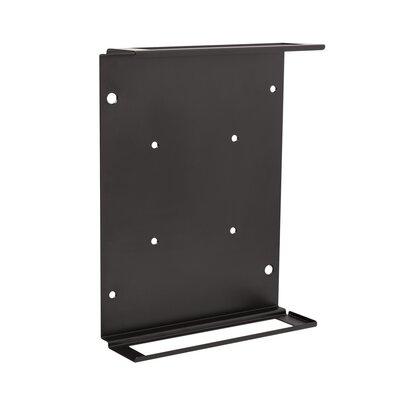5 fun facts about sundials
If you have ever been to a historical place, you may have seen a unique sundial. Back in the day, sundials were used to tell the local time based on the sun’s apparent position in the sky. A sundial comprises multiple parts that work to cast a shadow that denotes the time. Here are a few fun facts about sundials that you should know.
- Evolution in application over the centuries
The first-ever sundial was built in Egypt around 1500 BCE and was a fairly simple model. Later, upgraded, more efficient versions had settings that allowed people to change the dates on the dial to calculate the correct time. Today, people rarely use sundials to tell time, but you can find several unique designs in the market. These dials are typically installed on buildings or streets to add to outdoor decor. - Do not work after dark
A sundial’s accuracy is dependent on the weather and sunlight, so it will not work in the dark hours of the night. - Types of sundials
Primarily, there are two major types of sundials: azimuth sundial and altitude sundial. The azimuth sundial enables people to determine time based on the sun’s angle on the arc or its direction. On the other hand, altitude dials use the sun’s height or altitude above the horizon to tell time. Such dials may be a little challenging to work with. These are not oriented toward the north and are held vertically toward the sun. - Accuracy
The sun takes different pathways across the sky in various parts of the world, so a sundial should be tailored to the location where it will be used. Additionally, the sun’s visible position changes every day, so the shadow also differs. That said, the construction can be highly accurate. - Its workings
Be it the ancient sundials or today’s unique sundials found in distinctive styles and sizes for decor or as art, the working is more or less the same. A sundial tells the time according to the gnomon’s shadow cast on the dial. The shadow’s length is the shortest during mid-day, when the sun is at the highest point in the sky. In the afternoon, when the sun is lower, the shadow will be the longest. That said, bear in mind that the sun’s height varies based on seasons too. A sundial’s dial is equivalent to a 24-hour clock face. They are usually marked only with daylight hours, but some unique sundials have 24 hours markers on them.




